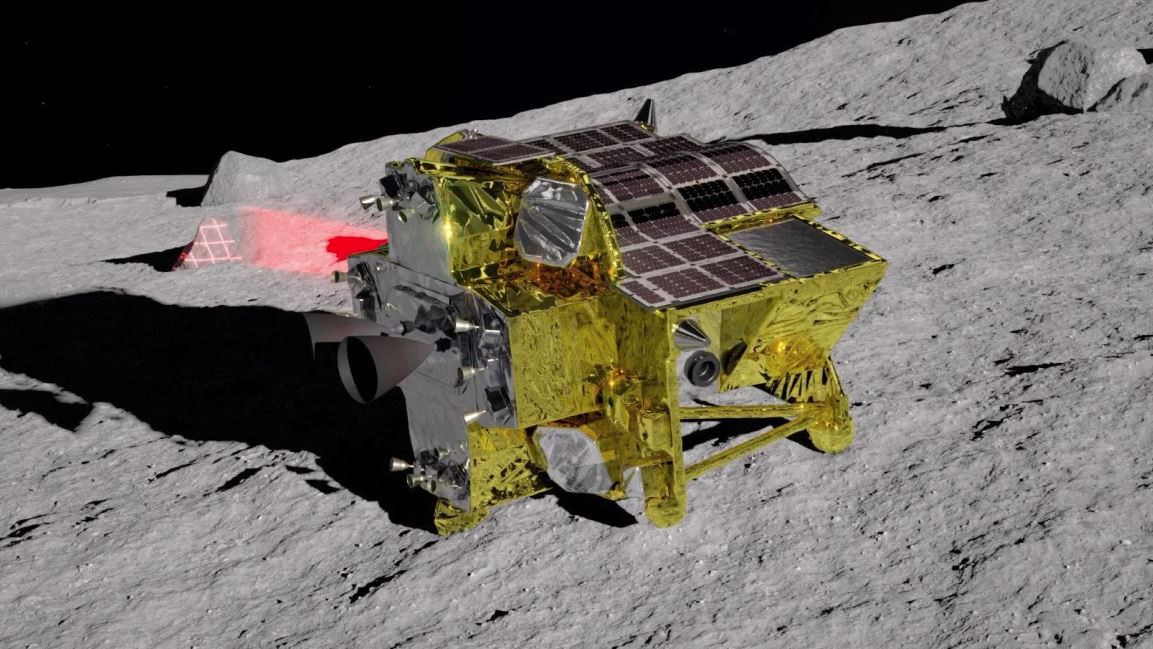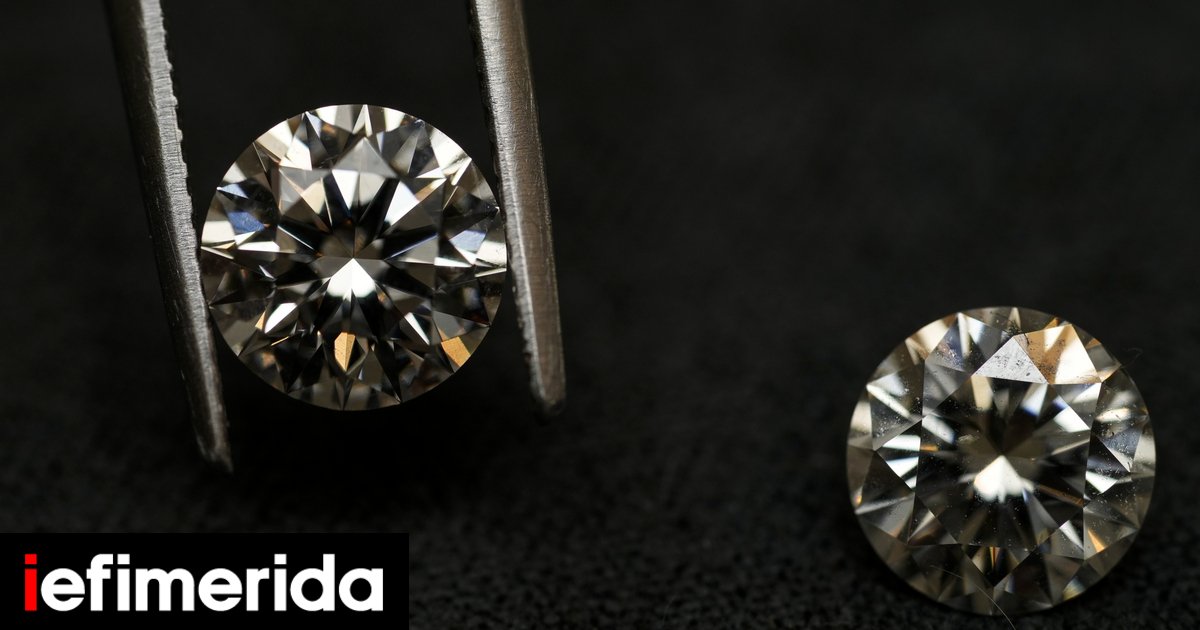
Japan's SLIM mission appeared to have appeared on the moon's surface Friday afternoon, but mission officials have not yet officially confirmed that the lunar module has landed safely and is still operational.
If the plan succeeds, Japan will be the fifth country to set foot on the moon, after the United States, Russia, China, and recently India.
Launched in September, SLIM followed a long fuel-saving flight until it entered lunar orbit at Christmas.
At 5 p.m. Greek time, shortly after midnight Saturday Japanese time, the spacecraft turned on its engines to begin a 20-minute descent to the surface.
The Japan Aerospace Exploration Agency (JAXA) said telemetry data shows that Prism has reached the moon's surface, just south of the equator, but did not specify when a press conference would begin to make the final announcement.
Accurate landing
SLIM's primary goal is to test a new navigation technique that would allow the spacecraft to land on the lunar surface within 100 meters of a predetermined point, a significant improvement over previous missions that were several kilometers away.
Japan is seeking to strengthen its role in space amid a new international race to conquer the moon, as evidence of the presence of large quantities of water was found relatively recently.
SLIM is developed on behalf of JAXA by Mitsubishi Electric Corporation (JAXA).
But the Japan Aerospace Exploration Agency has suffered a series of setbacks, including a disastrous maiden flight in March of its new H3 rocket, which aims to compete with cheaper services offered by US company SpaceX.
Meanwhile, India emerged as a major space power last August with its historic first lunar landing at the moon's south pole, where the rugged terrain poses challenges for extracting ice from dark craters.
Ice would be a valuable natural resource for future lunar colonies, as water could be broken down by electrolysis into oxygen for astronauts and hydrogen for fuel.
Japan believes that precision lunar landing technology will be a valuable tool: “No other country has been able to achieve this goal. Proving that Japan has this technology will “It would give her a great advantage in future international assignments.”
The Japan Aerospace Exploration Agency has two missions that have touched down on small asteroids, but landing on the Moon is more difficult because of its stronger gravitational field.
Last year, the Japanese company I Space's lunar module crashed into the moon, as did Luna 25, Russia's first mission to the moon in half a century, shortly after.
Last week, the lunar module belonging to the private American company Astrobotic suffered a fuel leak and failed to reach the moon.
SLIM was scheduled to launch two small robots to photograph it, developed by Japanese universities in cooperation with Sony and Tommy.
One is the size of a tennis ball and moves on wheels, and the other is the size of a microwave oven and is designed to move by jumping.

“Total alcohol fanatic. Coffee junkie. Amateur twitter evangelist. Wannabe zombie enthusiast.”





More Stories
Diamonds created in less than 3 hours – an innovative process
Gerasimos Papadopoulos at Newsbomb.gr: How a lunar eclipse can cause an earthquake – Newsbomb – News
Ubisoft's free-to-play Call of Duty game has a release date